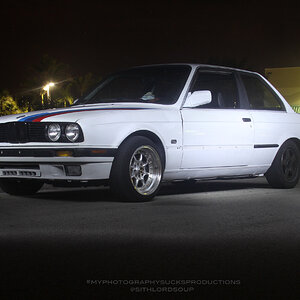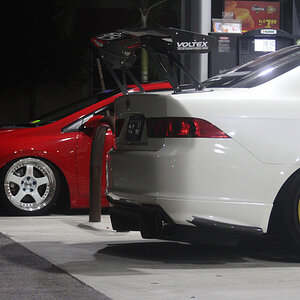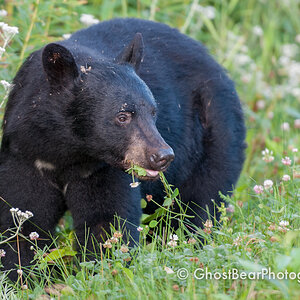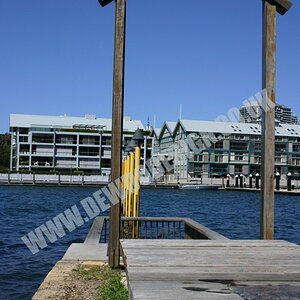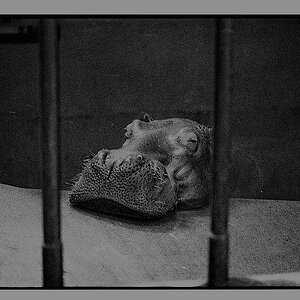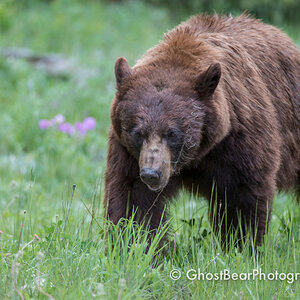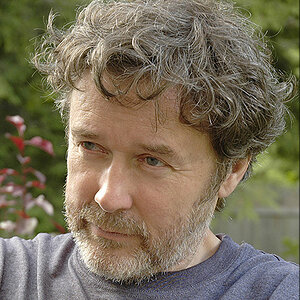Dweller
Inconspicuous Supporter
- Joined
- Apr 19, 2004
- Messages
- 668
- Reaction score
- 3
- Location
- Portland, Oregon
- Can others edit my Photos
- Photos OK to edit
Today I was reflecting on why I have been having some issues with exposure... something that is holding me up from trying the night shots I want to do.
I learned about an 18% gray (grey?) card for determining proper exposure in some scenes and set out to find one. I checked 3 stores but no one had any. I did finally get a tip to try a pro photo supply on the other side of town. Before calling them to see what they will charge for something like this I thought I would see if I can find a solution online.
I am not looking for professional accuracy, just something workable to help guage my built in lightmeter hehe
Google offered no help on this.. one sight had "experimented with printable 18% gray card" from a history of the site.... in 1998 hehe
Any help will be greatly appreciated
I learned about an 18% gray (grey?) card for determining proper exposure in some scenes and set out to find one. I checked 3 stores but no one had any. I did finally get a tip to try a pro photo supply on the other side of town. Before calling them to see what they will charge for something like this I thought I would see if I can find a solution online.
I am not looking for professional accuracy, just something workable to help guage my built in lightmeter hehe
Google offered no help on this.. one sight had "experimented with printable 18% gray card" from a history of the site.... in 1998 hehe
Any help will be greatly appreciated



![[No title]](/data/xfmg/thumbnail/33/33906-2f9b24e4b1e1be07f68257916df0f2b3.jpg?1619736208)

